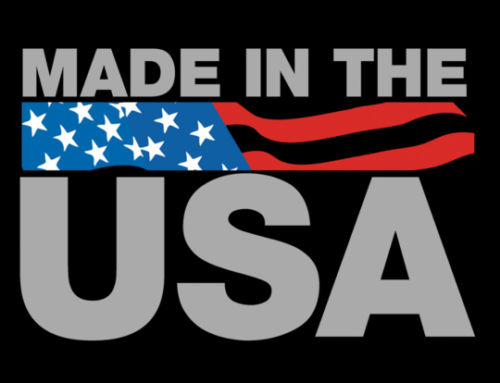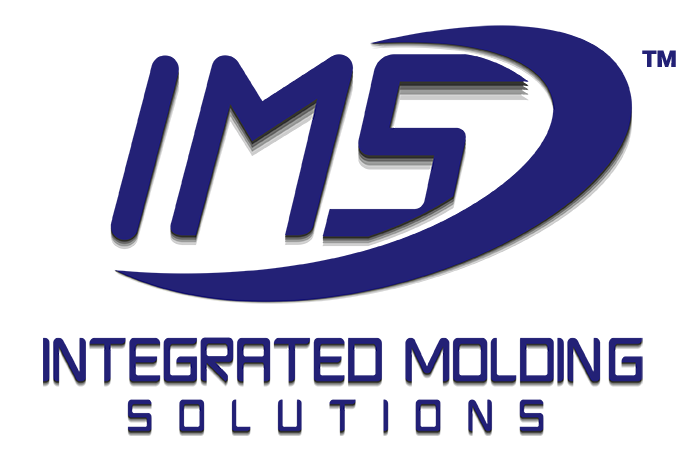Electromagnetic Interference and Injection Molding
Designing Components for EMI Protection
When it comes to manufacturing components for electronics, it is important to consider electromagnetic interference (EMI). EMI refers to unwanted electromagnetic signals that can disrupt the normal functioning of electronic devices.
Managing EMI is crucial for product reliability and performance when it comes to designing and manufacturing components for industries like automotive and consumer electronics. One common manufacturing technique used to produce these components is plastic injection molding, which, although versatile, poses unique challenges related to EMI.
In this article, we’ll explore the concept of EMI, its significance in plastic injection molding, and the techniques used to manage EMI for molded plastic parts.
What is Electromagnetic Interference (EMI)?
Electromagnetic interference is the disruption caused by external electromagnetic fields or waves that affect the performance of an electrical circuit. In the context of plastic injection molding, EMI is relevant when plastic parts are used as housings or enclosures for certain electronic devices.
Industries like automotive, electronics, and telecommunications often use molded plastic parts for casings and components because they are lightweight, cost-effective, and easy to produce at scale. However, unlike metal, plastic is a non-conductive material, which makes it a poor EMI shield. (If your components require EMI shielding, metal-to-plastic conversion may require extra considerations, as metal inherently provides EMI shielding.)
Without proper EMI management, electromagnetic signals may either enter or escape the plastic housing, potentially causing malfunctions in the performance of the electronic components.
Challenges of EMI in Plastic Injection Molding
Plastic, by nature, is an electrical insulator, which makes it unsuitable for blocking electromagnetic radiation. While being an insulator has advantages in certain situations, like preventing direct electrical contact between components, it also means that plastic parts require special processes in order to achieve effective EMI shielding. When EMI is not managed, electronic signals may interfere with or leak from the housed electronic device, leading to malfunctions or system failures.
To address these challenges, several techniques have been developed to make molded plastic components EMI-compliant while retaining the benefits of injection molding.
Techniques for Managing EMI in Injection Molded Plastic Parts
Managing EMI in plastic components requires creative approaches to create effective electromagnetic barriers. To note, the first step in designing any plastic component with EMI management in mind is to identify whether the plastic component should encourage conductivity or resistivity.
Below are some of the common methods employed to enhance EMI protection in plastic injection molding:
1. Conductive Fillers and Coatings
One of the primary ways to shield plastic components from EMI is by incorporating conductive fillers into the resin. Conductive fillers are materials, such as metal fibers, carbon, or proprietary additives, that can be mixed with the plastic resin to improve conductivity or resistivity. At IMS, we work closely with trusted material suppliers to determine the right combination of additives to ensure the plastic’s properties meet all requirements.
- Carbon-Filled Plastics: Carbon-filled plastic resins are commonly used to improve conductivity. By adding carbon particles to the plastic, it becomes partially conductive, which helps in reducing the impact of EMI. This method is highly effective and is often favored when a balance between cost-efficiency and functionality is needed.
- Metal Particle Fillers: Metal fibers or powders, such as copper or nickel, can also be used as fillers. These fillers create a conductive barrier within the plastic, allowing the molded part to block electromagnetic waves.
2. Electrodeposition for EMI and Thermal Properties
Another innovative approach for EMI shielding in injection-molded parts is electrodeposition. In this process, the plastic is treated in a process that encourages metal adhesion, such as flame or plasma treatment or acid etching. Then, the desired conductive material is sprayed on the plastic part to coat it. The result is a conductive layer that not only shields against electromagnetic waves but also enhances the thermal properties of the plastic.
- Insert Molding
Insert molding is another effective method for managing EMI. Insert molding involves placing a metal insert into the mold before injecting the plastic. The plastic flows around the insert, effectively embedding it into the final part. By using metal inserts, manufacturers can achieve localized EMI shielding.
Heat staking is sometimes used as an alternative to insert molding. Heat staking involves heating a metal insert and embedding it into the molded plastic part after the initial molding process.
Optimizing Injection Molded Parts for EMI Protection
As technology continues to evolve, managing electromagnetic interference becomes increasingly important for plastic components used in electronic environments. Whether through conductive fillers, electrodeposition, or insert molding, there are multiple ways to optimize plastic parts for EMI protection.
At IMS, we specialize in injection molding solutions tailored to meet the needs of various industries, including electronics, automotive, and telecommunications. Our team works closely with material suppliers to select the right additives and technologies for EMI shielding, ensuring your plastic components provide optimal performance without compromising on cost or manufacturability.
If you’re facing challenges related to EMI in your plastic components, contact us today. We’d be happy to discuss how our injection molding expertise can help you create robust, EMI-compliant parts that meet your product requirements.






